
The details of the Active Suspension on the Williams FW14 Formula Racing, Formula 1 Car, Racing
As F1 teams struggle to eliminate the high-speed bouncing suffered by this year's cars, active suspension seems like an obvious solution. But it's not, writes Lawrence Butcher Prost found it difficult to adjust to the '93 Williams, but still said the car was very special to him Grand Prix Photo Author Lawrence Butcher
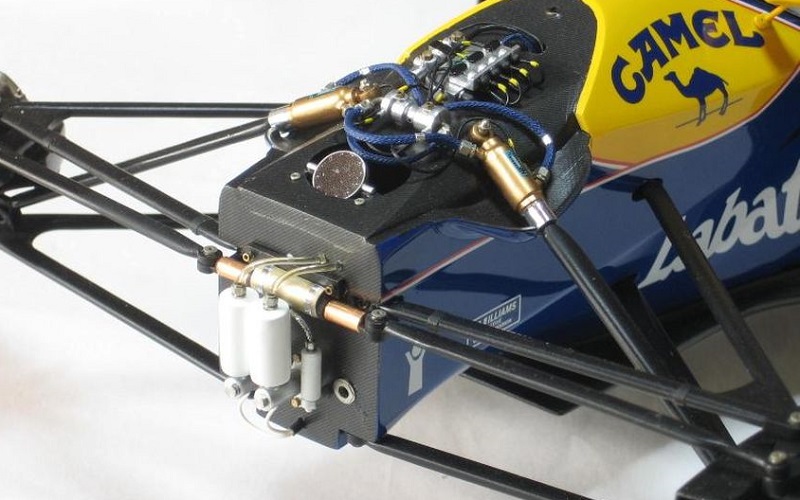
【F1メカ学】アクティブ サスペンション(Active Suspension)とは? F1モタスポGP
Porpoising. you've heard a lot about this word in 2022 testing, but did you know that Active Suspension was invented to resolve that very issue back in the.

Majority of F1 teams favour active suspension
In the early 1990s, active suspension and other "driver's aids" would produce fabulously complex and fast cars, but resulted in an all too typical reaction by F1's governing bodies — banning the technology in order to generate safer, and supposedly more exciting, Grand Prix motor racing.

Pin on Technologia
Formula One cars' active suspension of the late 1980s-early 1990s took motorsport technology to new levels. Keith Howard explains how springs and dampers almost became things of the past— and then bounced back. Ayrton Senna rounds the hairpin at the 1987 Monaco Grand Prix Motorsport Images Author Keith Howard 1 2 3 4 5 6 7 8 9 10 11 12 13 14 15 16

La SUSPENSIÓN ACTIVA WILLIAMS 🏎 Formula 1 EXPLICACIÓN YouTube
Active Suspension. Active suspension is a technology used in Formula 1 racing that allows teams to adjust the suspension of their cars on the fly, during a race. This allows for greater stability, improved handling, and faster lap times. The basic principle of active suspension is to use sensors and actuators to control the movement of the.

F1 Discussions Ongoing to Reintroduce Active Suspension EssentiallySports
In theory, the system could raise cornering speeds considerably (Lotus engineer Peter Wright was famously quoted as saying its active-suspension F1 car could go around "any corner at any speed"),.

Hydraulic active suspension system of Williams's F1 (Howard, 2001). Download Scientific Diagram
The loss of the Honda turbo engine led them to an underpowered Judd V8 engine in 1988, attempting to use their active suspension to maximise their aero whilst overcoming the lack of power against the turbo engines.
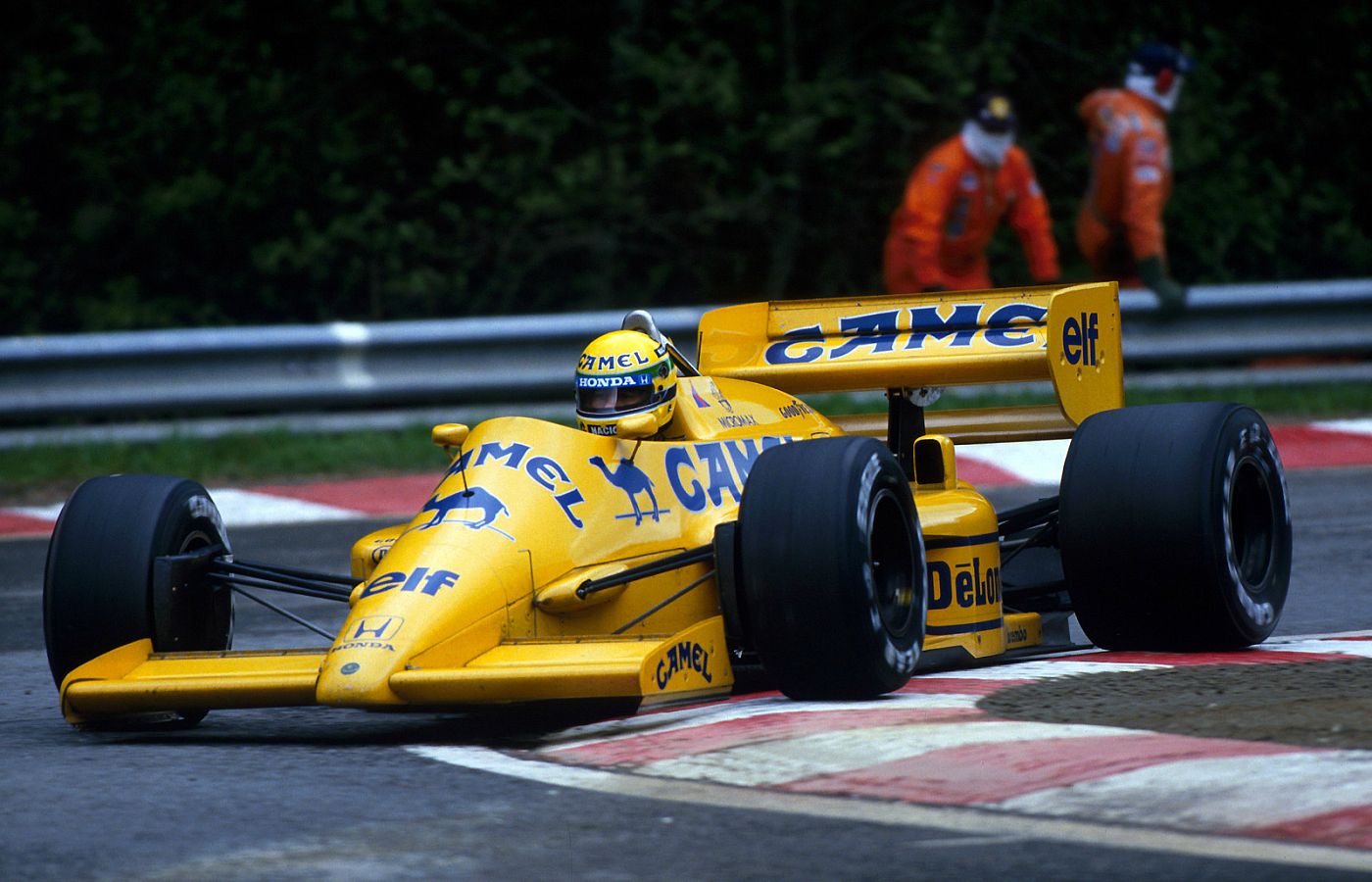
F1 History 1987 Lotus 99T Ayrton Senna and the Advent of Active Suspension thejudge13
F1 May 25th 2017 - Last updated: September 19th 2019 Author Paul Fearnley How Lotus raised the bar on innovation with its active suspension - and made its mark 30 years ago at Monaco When did Formula 1 turn hi-tech rather than 'merely' clever and cutting edge? Ask Peter Wright. As the founding father of active suspension at Lotus, he should know.

¿Cómo funciona la suspensión de un Fórmula 1?
06/06/2014. Active suspension first found its way into Formula one racing in 1981 when teams were searching for a means of using "skirts" fitted to the sides of the cars to increase aerodynamic downforce and improve handling. Crucial to the success of the design was a controlled ride height: Enter Lotus' first ever active suspension.

Formula 1 Active Suspension New Form
Active suspension was actually first used on the Lotus 92 back in 1983, before appearing on various Williams and Lotus cars in the 1980s.. active suspension was used in F1 to maintain ride height in a car, optimising its aerodynamic performance in braking, accelerating and cornering situations. But it was the way the FW14B used cutting-edge.

This Is How An F1 Race Car's Suspension Works
An active suspension is a type of automotive suspension that uses an onboard control system to control the vertical movement of the vehicle's wheels and axles relative to the chassis or vehicle frame, rather than the conventional passive suspension that relies solely on large springs to maintain static support and dampen the vertical wheel movem.
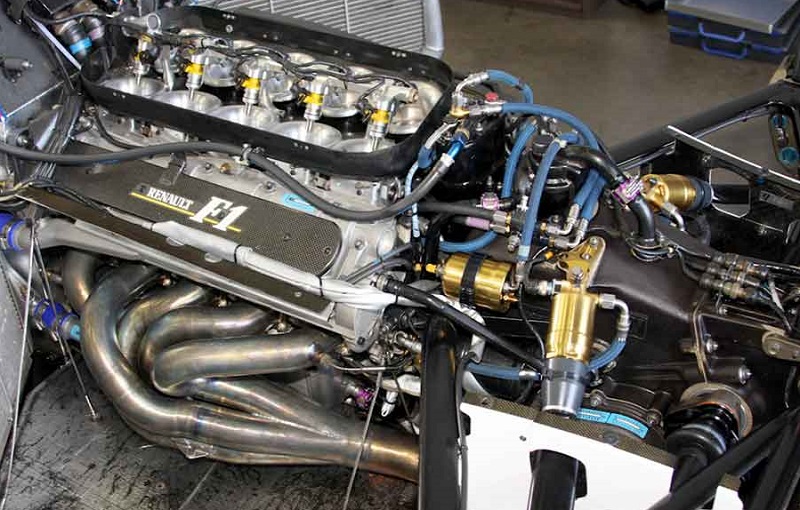
[F1メカ学]アクティブ サスペンション(Active Suspension)とは?
Active suspension was banned from F1 for 1994 as part of a raft of changes designed to eliminate what were colloquially called driver aid 'gizmos'. The ban included the elimination of traction control and ABS. The 1993 championship-winning Williams, pictured above, was seen as the peak of the driver aid era's technology.
A closeup shot of the incredibly complex Williams FW15C active suspension system F1Technical
Active suspension was banned in F1 ahead of the 1994 season, as part of a push to cut back on driver aids that were dominating the sport. However, as recently as 2014, teams have considered a.
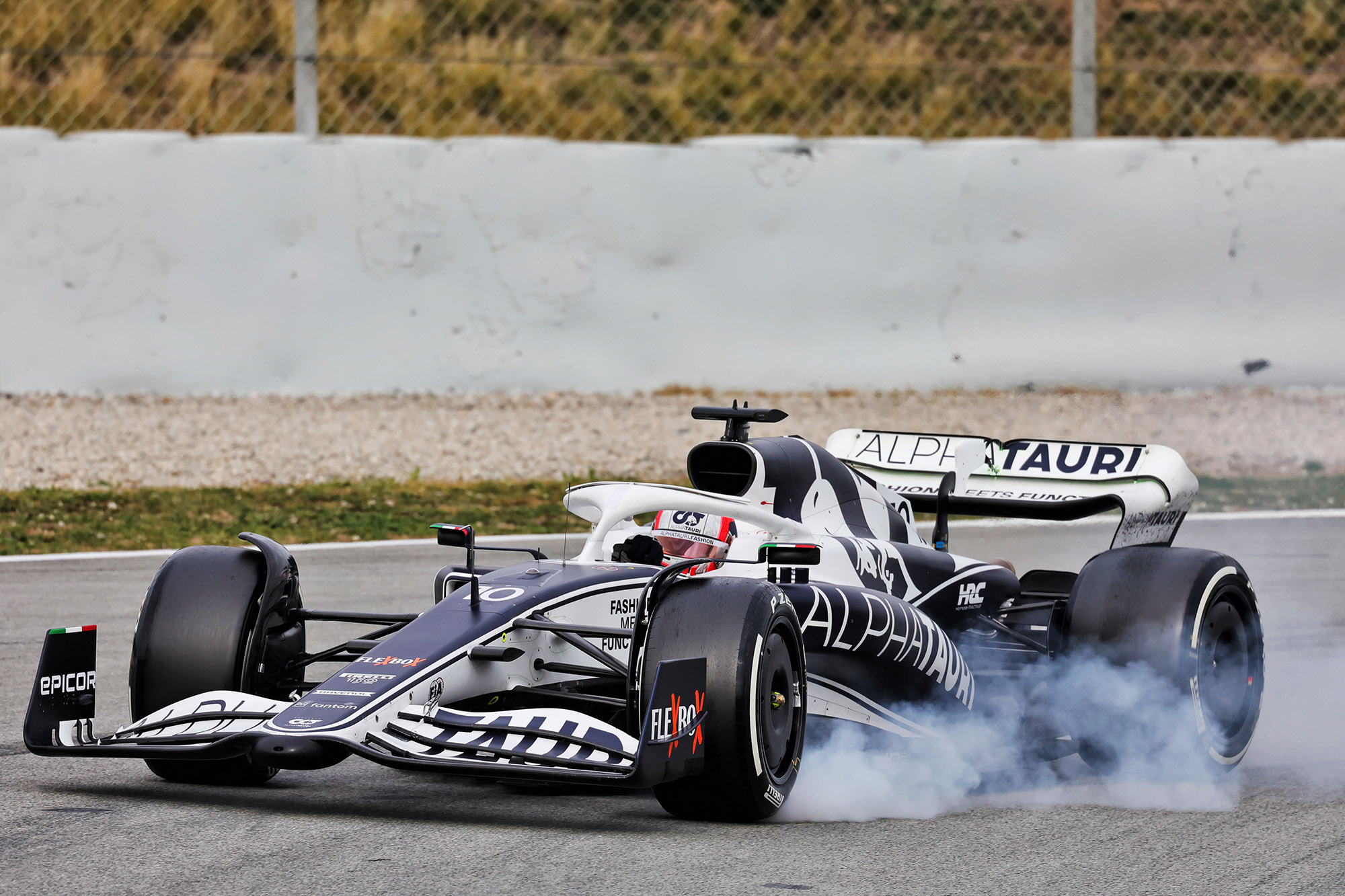
Active suspension is the fix F1 teams need but won't get The Race
On a Formula One car, the suspension elements can be grouped into three sections - the inboard suspension, the outboard suspension and the elements that are in the airflow. Hidden away underneath the bodywork of an F1 car are the inboard elements of the suspension - springs, dampers, rockers and the anti-roll bars. On the Mercedes-AMG F1 W10 EQ.

F1 teams back active suspension return Mercedes SLK World
2021 F1 season. A proposal to bring back computer-controlled active suspension systems in 2021 was rejected because it could have had a negative effect on the racing. Active suspension allowed teams to optimise the configuration of their ride height and other variables from corner to corner.

F1 Suspension SimplePlanes F1 style race suspension The primary reasons behind rule
The Rise and Fall of Active Suspension in F1 Triumphs and Challenges. Active suspension brought about a revolution in the way F1 cars were raced and engineered. The technology provided a significant competitive edge to the teams that mastered it, most notably Williams, which dominated the 1992 and 1993 seasons with their advanced active.